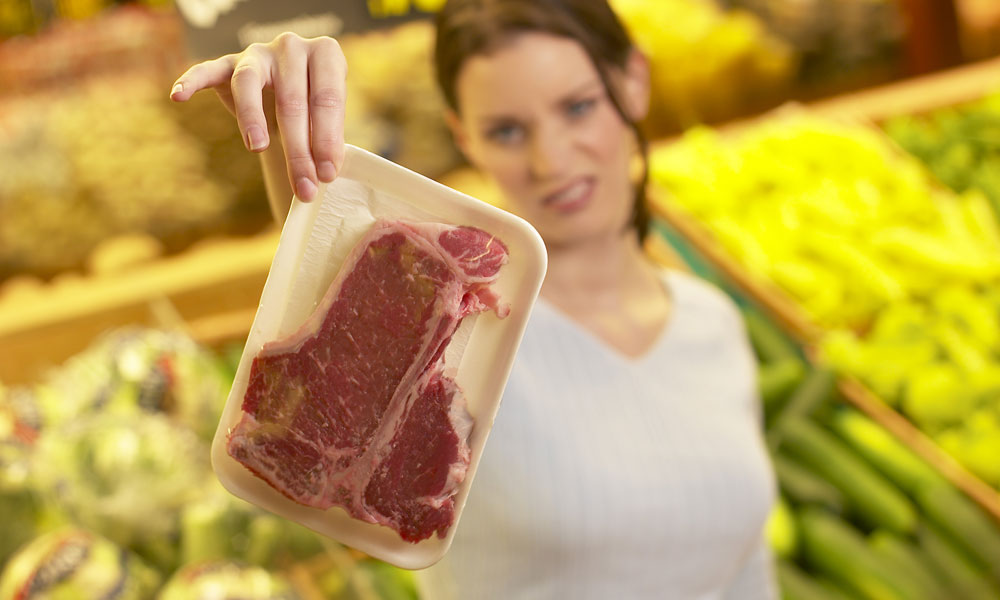
The Agriculture Industry’s Challenge: Marketing Meat to Millennials
With young adults being so interested in how their food is made, the meat industry is having a tough time keeping generation Y interested in its product. As highlighted by a recent trade group event, this is a hurdle that has the industry welcoming new
With young adults being so interested in how their food is made, the meat industry is having a tough time keeping generation Y interested in its product. As highlighted by a recent trade group event, this is a hurdle that has the industry welcoming new approaches, such as increased transparency in how meat is produced.
In an era where young people’s taste buds are more likely to lean toward Quorn than corn-fed beef, the agriculture industry has a lot of work to do to convince consumers that meat is still a healthy part of their diets.
But that hasn’t stopped the industry from trying—something highlighted by a recent event, the Animal Agriculture Alliance Stakeholders Summit, which focused on the growing age group, a generation that some estimates suggest is already larger than the baby boomer contingent.
More details on the organization’s approach:
The challenges: The meat industry has a lot to fight against, including consumers who are interested in how and where their food is made, and the rise of casual vegetarianism. The latter is exemplified by the Meatless Monday movement. Started in 2003, the campaign encourages consumers to eat vegetarian meals at least one day per week. The Animal Agriculture Alliance (AAA), which put on the recent event, has raised questions about whether the Meatless Monday campaign is successful in schools. But despite its criticism of the campaign, it admits that “it would be remiss to think that Meatless Mondays will be going away anytime soon.”
Thinking generationally: This mindset of winning over the quinoa-eating, Whole Foods-friendly college student pervaded the event. “Milllennials are the largest segment of our population today,” AAA President and CEO Kay Johnson Smith told attendees, according to the Oklahoma Farm Report. “There are over 80 million folks that are considered millennials. And, so, these are the consumers today, the consumers of the next decade. They are also the people who are making policy decisions, and all of that impacts agriculture.” The event showcased other marketing efforts that have succeeded in winning over younger generations of consumers, campaigns spearheaded by companies such as Dollar Shave Club, Ball Jars, and Krispy Kreme Donuts, all of whom have been useful partners for their audience. “Useful is the new cool,” keynote speaker Jeff Fromm said.
Could it work? Maybe. One journalist who attended the conference, TakePart‘s Willy Blackmore, pondered whether the millennial-focused approach was perhaps too monolithic, by treating the age segment as a mere consumer group, rather than as something more diverse and varied. But he noted that the ideas presented appeared to be more welcoming than at last year’s event, which focused on the tactics of anti-meat activists. “[T]o the Alliance’s credit, there appears to be less of a siege mentality this time around,” Blackmore wrote. “Talk of transparency pervaded, with panels touching upon the issue of antibiotics in livestock, and included discussions on the meaning of sustainability—a subject that seems to lose a bit of its message the more it’s uttered.”
(Hemera Technologies/Thinkstock)






Comments